A collaborative platform for paperless relicensing
This course will define pediatric (or pediatric) advanced life support (PALS). You will learn about the protocols to guide responses to life-threatening clinical events. You will also learn how to quickly and efficiently organize a resuscitation team to participate in PALS effectively. Learn about the PALS basic life support (BLS) method used when there is limited access to advanced interventions such as medications and monitoring devices. Because respiratory distress in children and infants can occur unexpectedly, knowing the steps and algorithms for BLS may mean the difference between life and death.
The course then explains more about available resuscitation tools as an essential component of PALS. You will learn about the two adjuncts broken down into two subcategories: medical devices and pharmacological tools. You will also learn about the symptoms to look for when checking for respiratory disorders and how to respond. Study the various types of shock and how to recognize and respond to each. You will master post-resuscitation care and its role in optimizing ventilation and circulation, preserving organ and tissue function, and maintaining recommended blood glucose levels.
Finally, you will go through a series of demonstration videos, view a demonstration, and learn airway management and how to access an infant’s airway. You will also gain the skills to perform a one-person BLS and a two-person BLS. Studying the importance of airway management is a significant component of pediatric advanced life support. Complete this course and purchase a certificate to gain access to free international accreditation. If you are a parent, carer, childminder, nursery teacher, or an au pair, these skills will be invaluable to your peace of mind.
| Duration : 01:30:00 hours |
| Content provider : ecancer |
| Date launched at CMEPEDIA : October 2, 2025 |
| Expiry date of course : December 31, 2026 |
| Module size : 0.28MB |
| Price : ₹32036 |
| Category | Accreditor | Credits | Accreditation details |
|---|---|---|---|
| Chiropractor |
Gujarat - Indian Pharmaceutical Association |
80 GJIPA Credit | dfggdf |
By the end of this module, learners will be able to:
Identify signs of sudden cardiac arrest, respiratory arrest, and choking.
Perform rapid initial assessments (responsiveness, breathing, and pulse).
Demonstrate correct chest compression technique for adults, children, and infants.
Maintain appropriate compression rate (100–120/min) and depth (at least 2 inches for adults).
Ensure full chest recoil and minimize interruptions.
Perform rescue breaths using mouth-to-mask or bag-valve mask techniques.
Identify and manage airway obstruction in responsive and unresponsive victims.
Power on and correctly use the AED in cardiac arrest situations.
Understand when and how to deliver a shock or continue CPR as directed.
Modify CPR and choking interventions for infants, children, pregnant, and obese patients.
Apply correct compression-to-breath ratios for single and two-rescuer scenarios.
Coordinate roles during team-based CPR.
Understand the importance of activating Emergency Medical Services (EMS) early






₹0.00 - ₹330.00

₹121.00 - ₹451.00

₹0.00 - ₹330.00

₹0.00 - ₹440.00
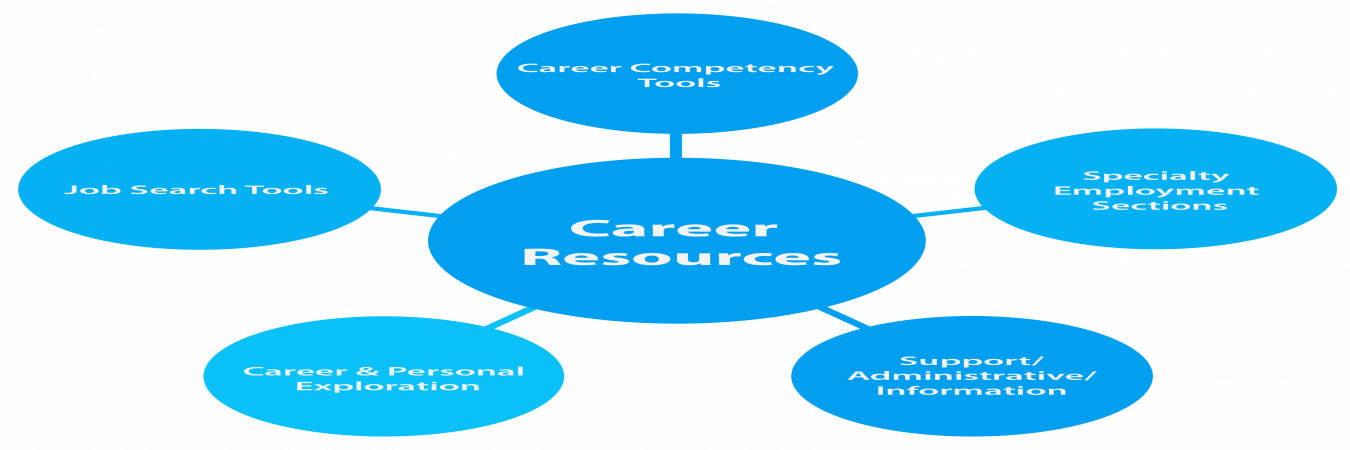
₹0.00 - ₹330.00
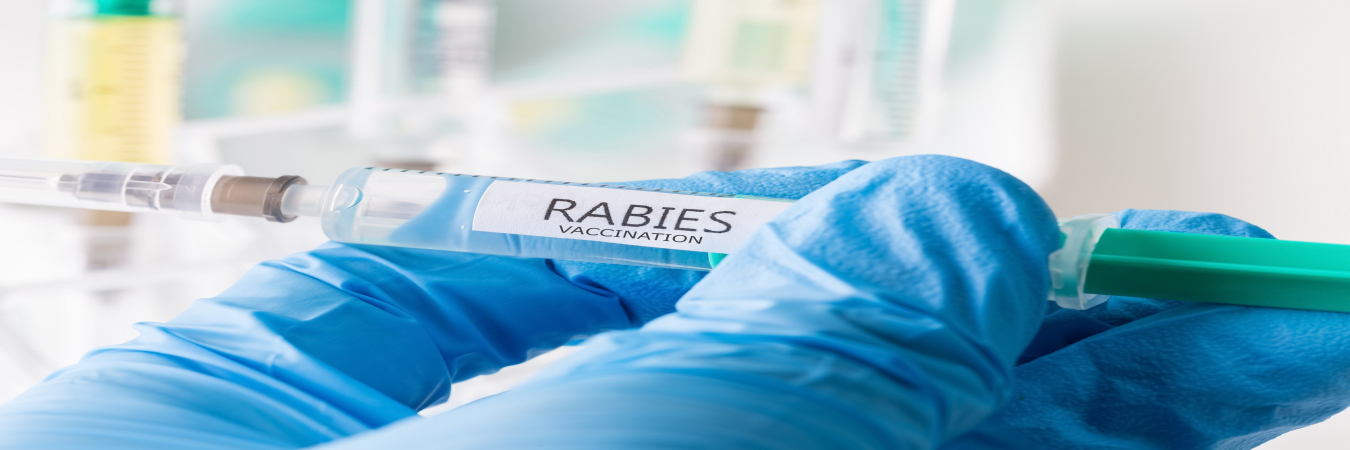
₹0.00 - ₹330.00

₹0.00 - ₹330.00
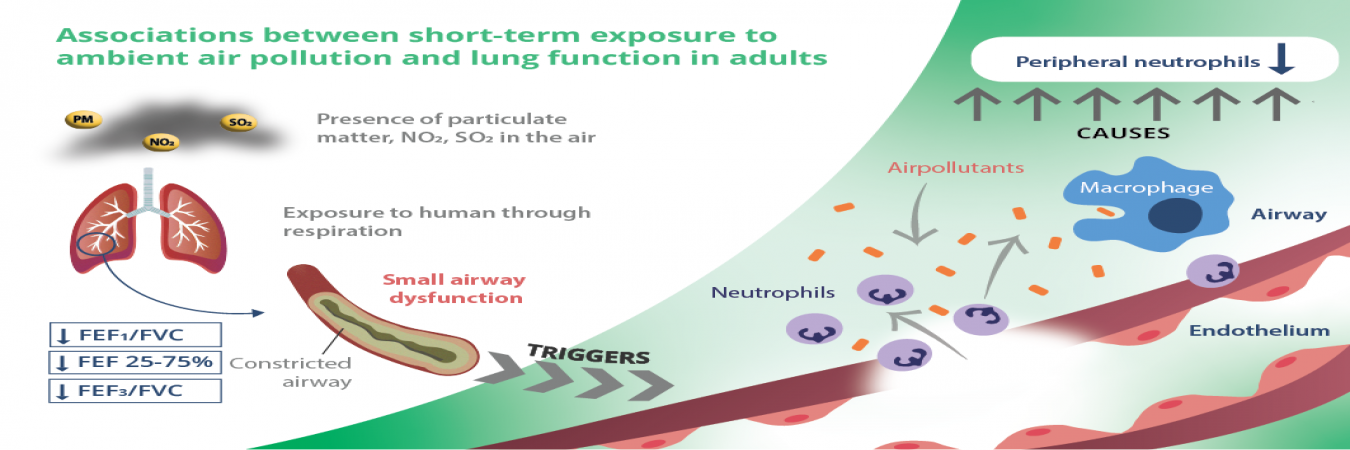
₹0.00 - ₹330.00
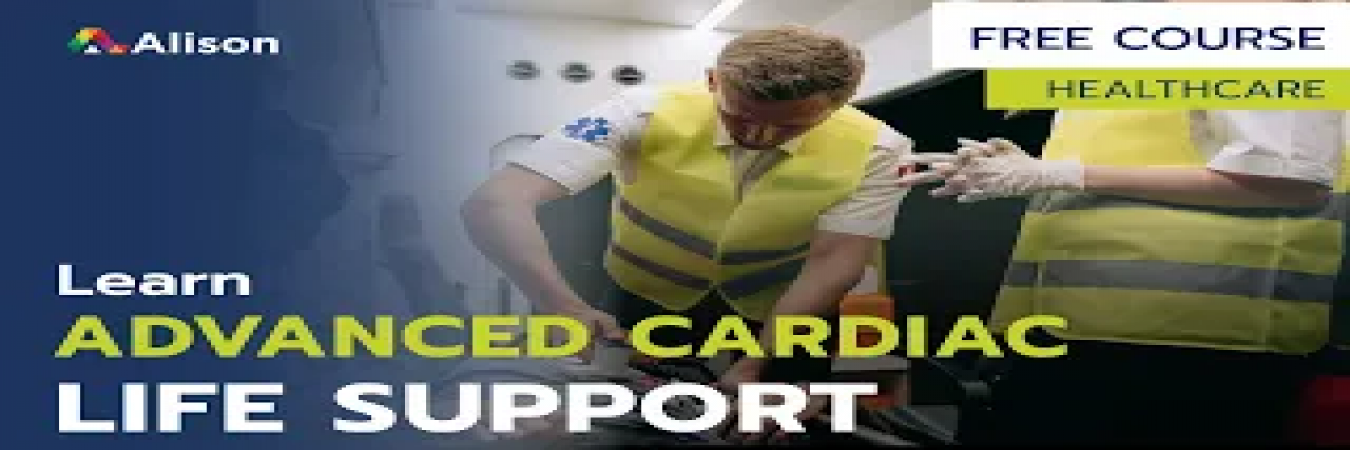
₹1241.90 - ₹1571.90

₹0.00 - ₹330.00
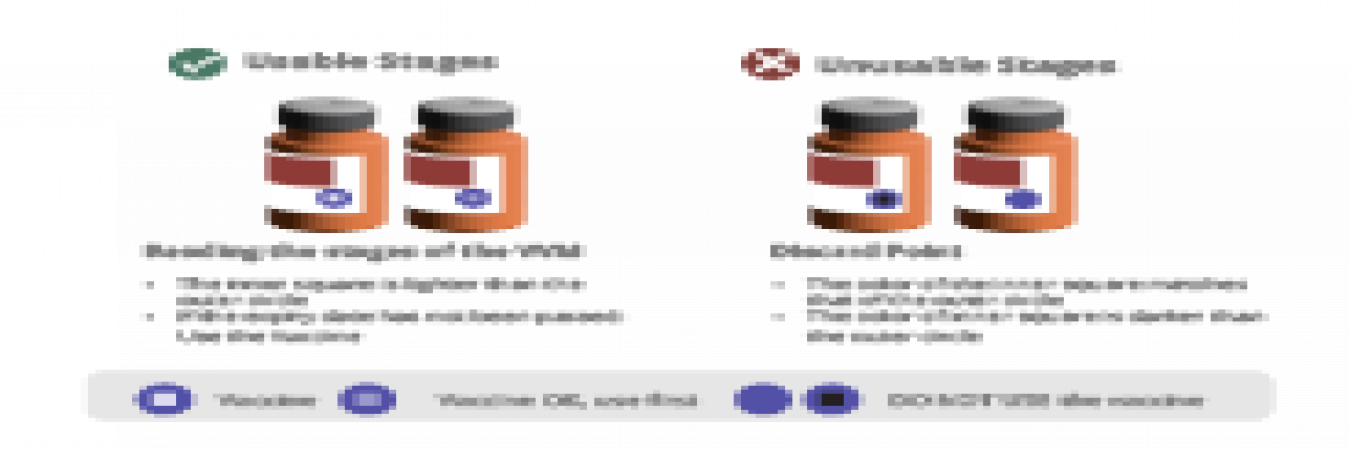
₹0.00 - ₹330.00
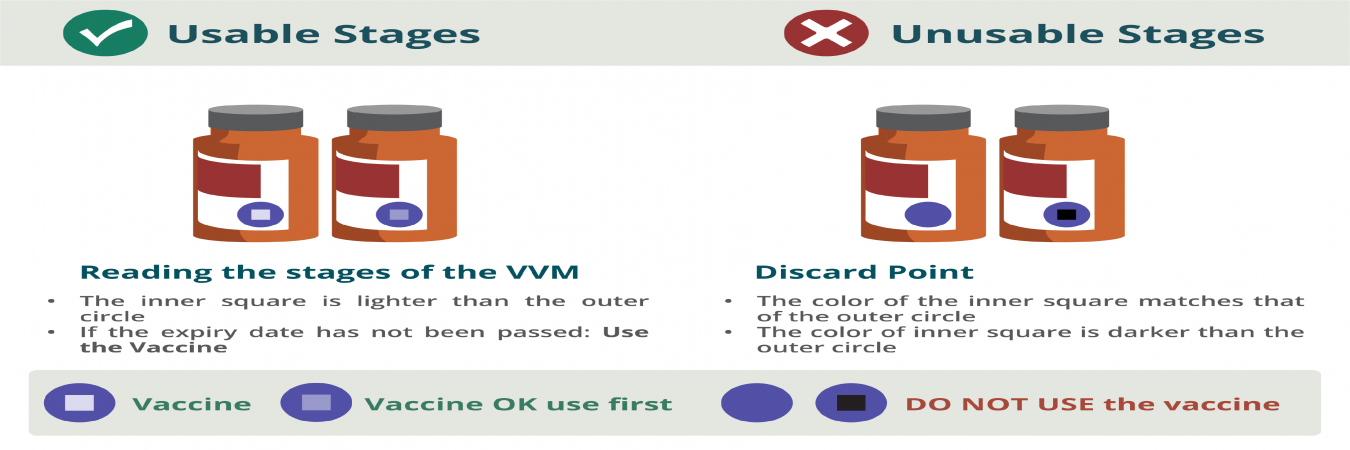
₹451.00 - ₹2651.00
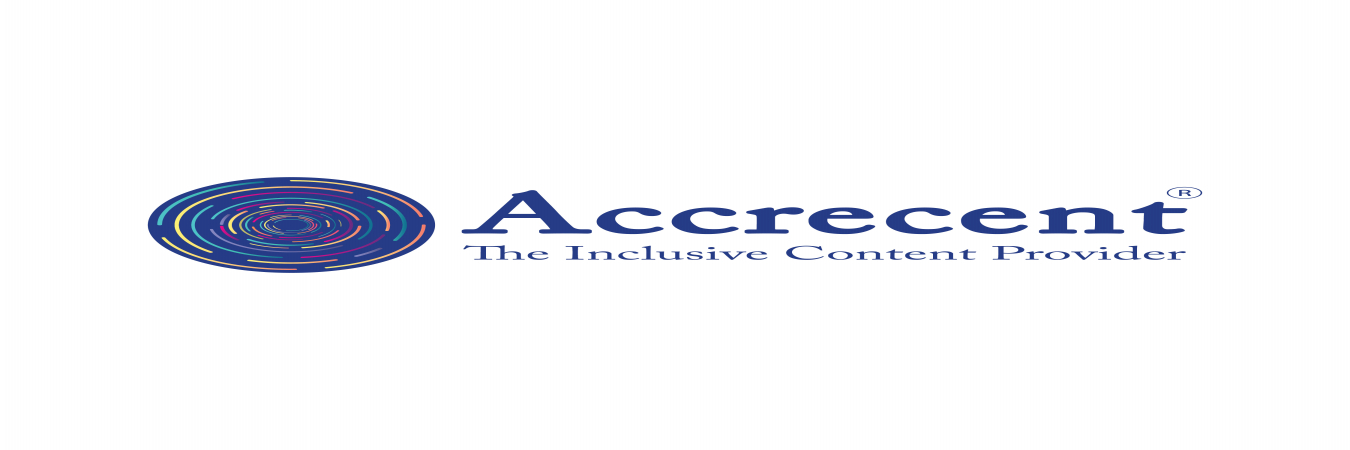
₹0.00 - ₹330.00
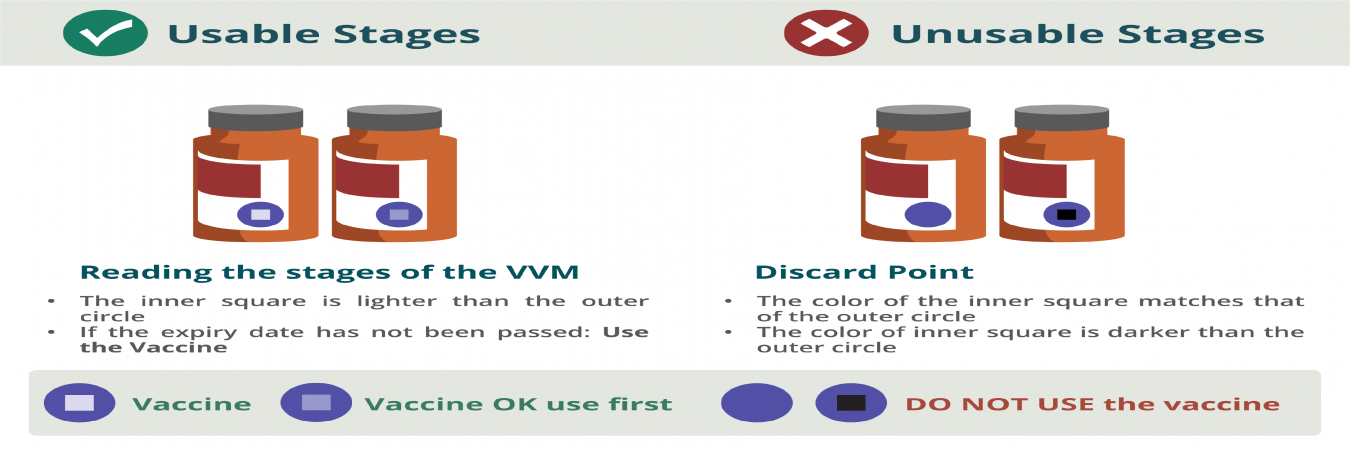
₹0.00 - ₹330.00
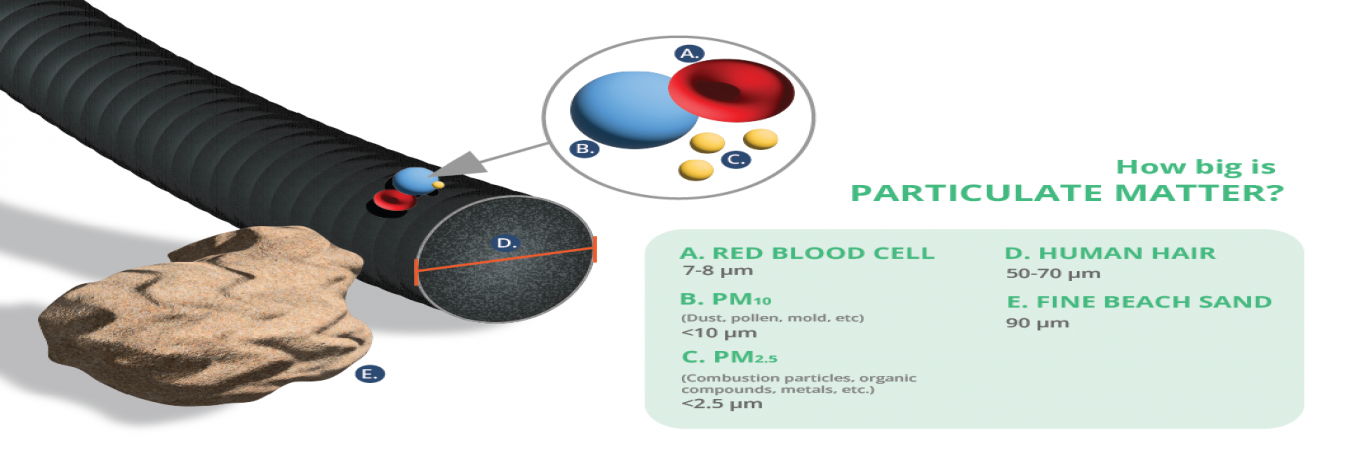
₹0.00 - ₹330.00

₹0.00 - ₹330.00
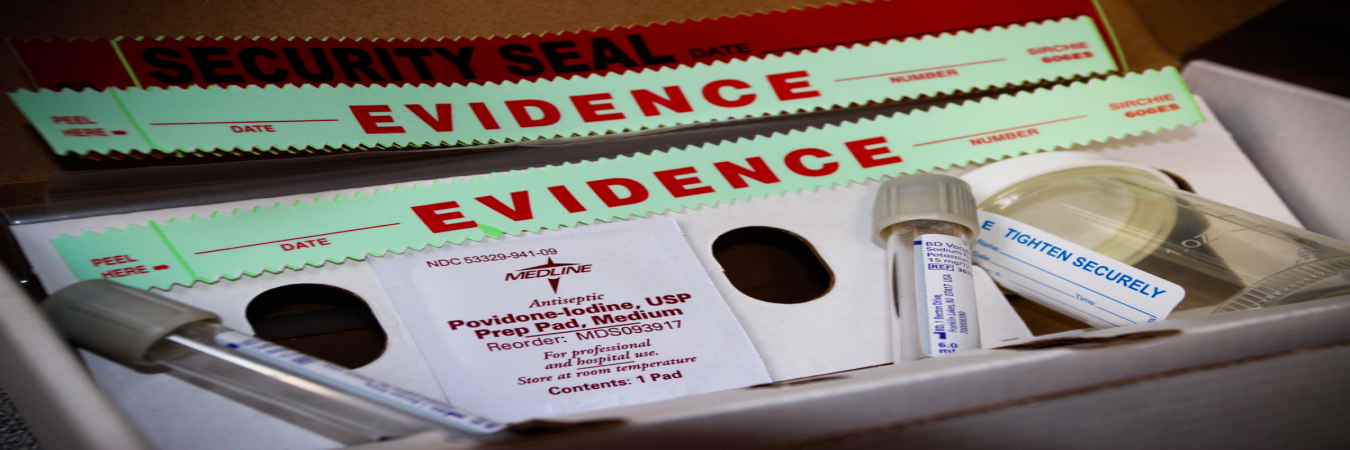
₹0.00 - ₹330.00
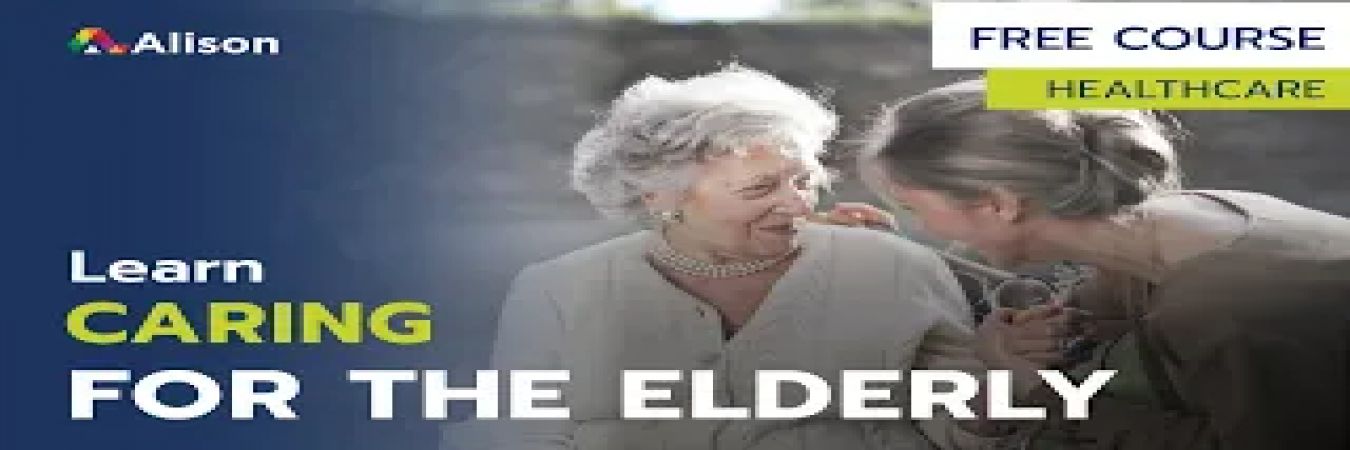
₹26392.91 - ₹26832.91
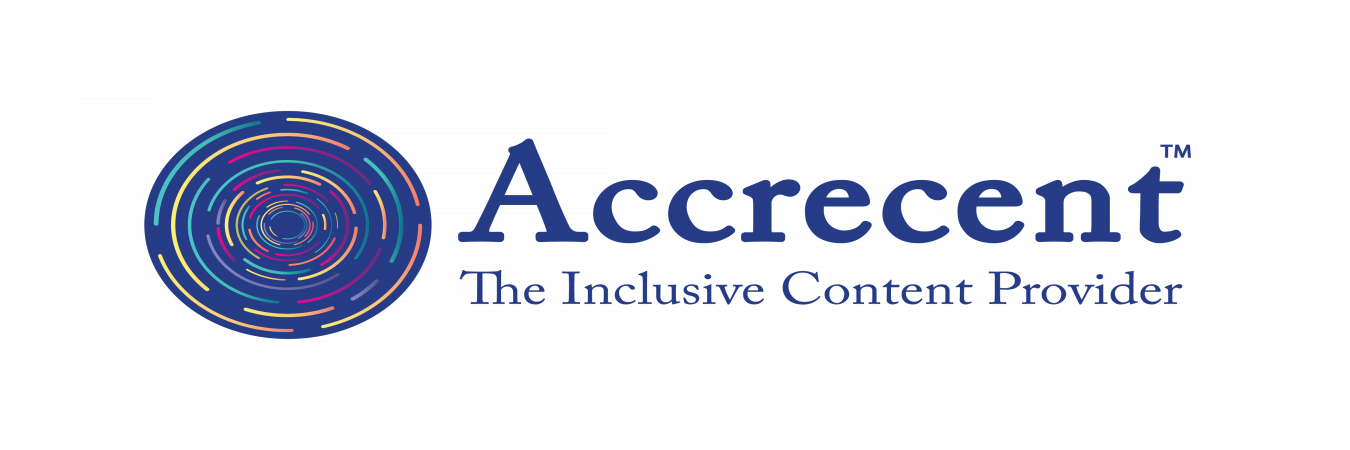
₹0.00 - ₹330.00
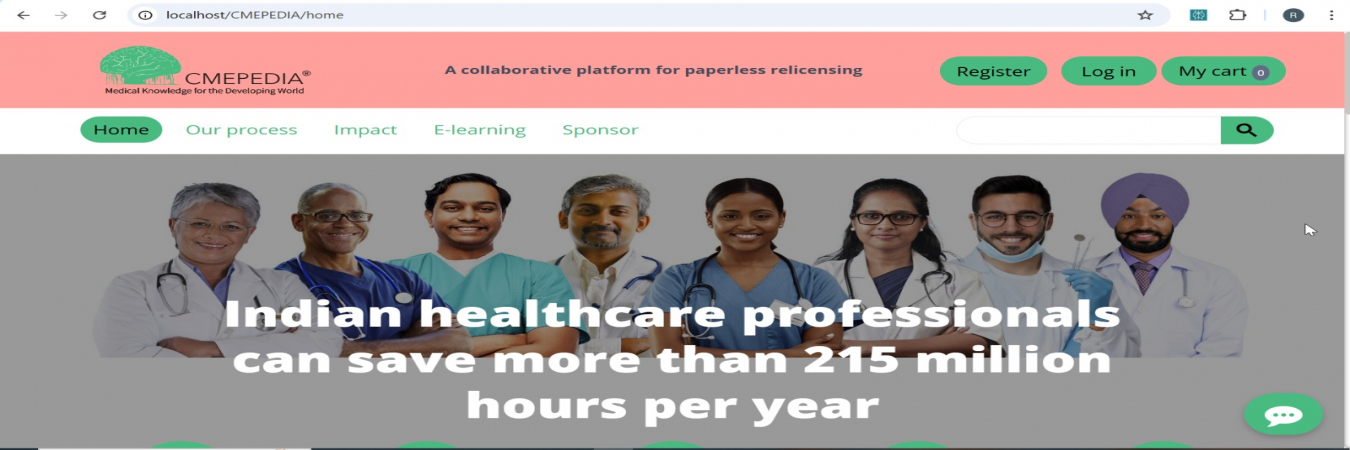
₹0.00 - ₹330.00

₹0.00 - ₹330.00

₹0.00 - ₹330.00
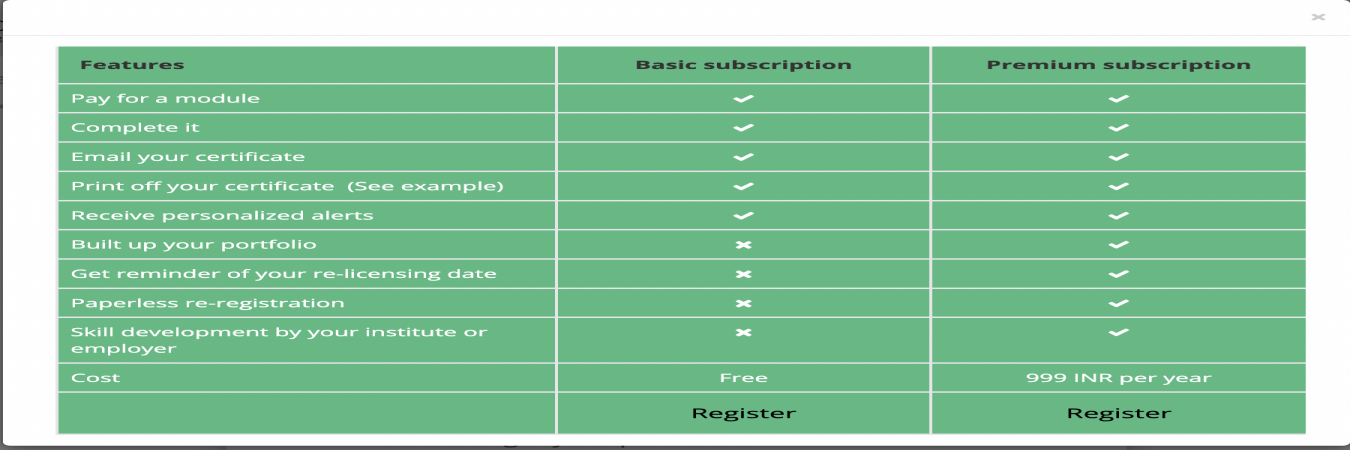
₹0.00 - ₹330.00

₹0.00 - ₹330.00